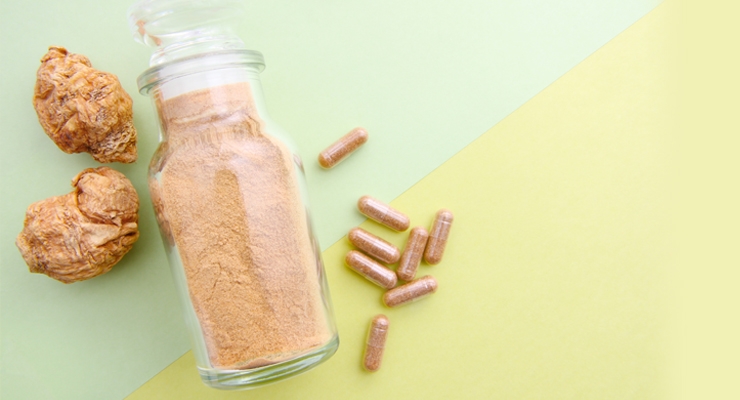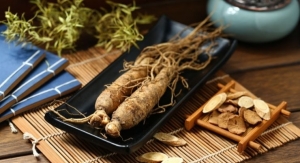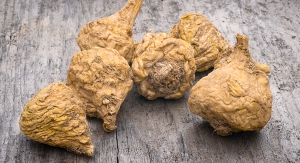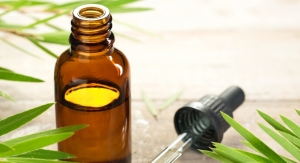The ABC-AHP-NCNPR Botanical Adulterants Prevention Program (BAPP) has released a Botanical Adulterants Prevention Bulletin on maca (Lepidium meyenii, syn. L. peruvianum, Brassicaceae) root and root extract. Maca roots have been cultivated in the Peruvian Andes for thousands of years as a nutritious food, and have a history of use as medicine to enhance fertility, to provide energy, and for their effects on mood and well-being. Technically, in the case of maca, the plant part used is a tuber consisting of the root and the hypocotyl, the stem of a germinating seed just above the root.
The use of maca as a dietary supplement is relatively recent; it was a little-known ingredient in the U.S. market prior to 2000. Maca retail sales have started to increase over the last decade, holding steady in the U.S. since 2015. U.S. retail sales exceeded $15 million in the natural and mainstream channels combined in 2017, according to the American Botanical Council’s annual “Herb Market Report” that was recently published in HerbalGram issue 119. Maca ranked 8th in the natural channel and 36th in the mainstream channel.
While maca is originally an Andean crop, its popularity in the past few years, especially in Asian countries as a means to enhance sexual stamina, has led to large amounts being grown in China from roots smuggled out of Peru, leading to much uncertainty about supply volume and pricing. At the same time, reports have been published indicating the undeclared dilution of maca root powders with flour from corn, wheat, or yam. As with other herbal ingredients marketed to boost sexual stamina, there is also evidence of the illegal sale of conventional sexual enhancement drugs (e.g., sildenafil) masquerading as maca dietary supplements.
The maca bulletin was authored by Jeremy Stewart, PhD, vice-president of scientific affairs at herbal products manufacturer Gaia Herbs (Brevard, NC), and Bill Chioffi, former vice-president of global sourcing and sustainability at Gaia. It summarizes the published data on maca adulteration, details supply chain issues and their consequences for the maca market, and discusses maca’s market importance. It also includes a short section on analytical methods to detect adulteration. Fifteen experts in quality control of medicinal plants from academia and the herb industry in the U.S. and Europe have provided input on the bulletin during the peer-review process.
“Maca is an example of a formerly obscure herb that has enjoyed recent popularity, and with this increased demand, unscrupulous suppliers have tried to take advantage of consumers by offering maca material adulterated with undisclosed lower-cost ingredients,” said Mark Blumenthal, founder and executive director of ABC and the director of BAPP. “We are deeply grateful to our friends at Gaia Herbs for their compilation of published data and technical information for the maca bulletin.”
Stefan Gafner, PhD, chief science officer of ABC and technical director of BAPP, commented: “The adulteration of maca root ingredients, or any botanical ingredient adulteration, with undisclosed lower-cost material, is unacceptable. It is our hope that these issues will altogether disappear once the supply chain has stabilized. Nevertheless, maca dietary supplement manufacturers should be aware of the potential authenticity issues that can occur.”
Breaking News
ABC-AHP-NCNPR Botanical Adulterants Prevention Program Publishes Maca Root & Root Extract Bulletin
Bulletin emphasizes the issue of undeclared addition of flour from corn, wheat, or yam to maca root products.
09.17.18
Related Knowledge Center
Related Breaking News
-
Breaking News | Dietary Supplements | Products | Research | Skin Health | Women's Health

Nutrafol Launches First Skin Health Product, Nutrafol Skin
The formula significantly reduced mild to moderate acne breakouts and post-acne dark spots in a human clinical study after 12 weeks of treatment.02.26.24
-
Cognitive Function | Consumer Trends | Dietary Supplements | Energy | Healthcare Trends | Herbs & Botanicals | Probiotics & Prebiotics | Sports Nutrition | Vitamins

Energy for Everyone: Product Variety Adds Spice to a Common Health Concern
Multi-function, ‘energy-plus’ products appeal to consumers intent on making their dollars work overtime.By Sean Moloughney, Editor 01.22.24
-
Contract Manufacturing | Dietary Supplements | Flavors & Colors | Proteins, Peptides, Amino Acids | Sports Nutrition

A Flavor-Forward Sports Nutrition Market Gains Strength
Sophisticated palates, brand crossover, the esports explosion, and delivery innovations are critical factors influencing supplement formulations.By Mike Montemarano, Associate Editor 07.06.23
-
Herbs & Botanicals

Givaudan Showcases Product Concepts for Modern Lifestyles
The company is focused on its flagship ingredient Cereboost, an American ginseng extract.05.03.23
-
Bone & Joint Health | Consumer Trends | Delivery & Dosage Technologies | Dietary Supplements | Energy | Healthcare Trends | Healthy Aging | Sports Nutrition

Top Sports Nutrition Trends That Reach Athletes and Everyday Consumers
Next generation energy drinks, hydration, and mobility have broad appeal and room for growth.By Marie Spano, MS, RD, CSCS, CSSD, Contributing Author 11.07.22





















